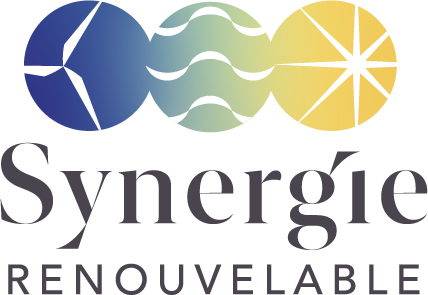Guinea-Conakry - Rebuilding, extension, solar electrification & access to water by solar pumping of an isolated school
- Selected project
- In progress
- Realized
Presentation of the association and the context
Education Without Borders Network (EWBN)
The action of Education Without Borders Network (EWBN) in France is dedicated to protecting school children of migrants and their undocumented families, and to regularising their administrative situation.
The context of the project
The EWBN Voiron organisation, a member of the network, took the initiative of the project to rebuild the primary school of Gomba in Guinea, a rural community of five villages 1 to 2 km apart. The closest urban area is the town of Kindia (~180000 inhabitants), located 60 km (2 hours of track) from the village of Seydouya where the school concerned with is located. Seydouya is the only village in the rural community of Gomba that currently has a water source in the village, with a man-powered pump that was rehabilitated in 2018. The villages of Gomba have no electricity. Sanitation facilities are individual.
The EWBN Voiron organisation received a request for support from a young Guinean refugee who is sponsored and monitored by a member of the organisation, a request prompted by the local organisation WAKILY. The organisation Architects Without Borders (AWB) is a partner in the project. The 3 organisations have been working in partnership for three years.
Presentation of the project
The energy problem
As for all tropical Africa, the country’s solar energy potential is immense, with solar irradiance levels of 4.5 to 6.5 kWh/m2/day depending on the season (NGO data).
The average rate of access to electricity in the country was 35% in 2017 and 9% in rural areas (World Bank data). It is nil in the Gomba region. The only occasional source of electricity in the village of Seydouya comes from a mobile generator. The project aims to install the school photovoltaic power plant on an experimental basis, and to make it partially available to the village as a prelude to a future project for the village. This is also the case for the school’s solar pump.
The adopted solutions
To satisfy the basic lighting needs of the school building, and those of the school, sanitary and administrative facilities, the power selected for the photovoltaic plant is 1.62 kWp. It will be supplied by:
– 6 solar panels Heckert Solar NeMo 2.0 60P 270Wp configured in 2 lines of 3 panels, for a voltage of 94V on load ~ at the input of the regulator.
– 8 batteries Hoppecke Solar.bloc VR M 6V-250 of 240Ah, configured in a single line, for a voltage of 48V at the input of the inverter for storage.
– 1 Victron Energy phoenix Smart 3000VA/48 converter.
– 1 Victron Energy SmartSolar MPPT 150/45 regulator.
For water access it is estimated that a power supply on a 3 to 5m3 /day basis would be sufficient for the needs of the school and local consumers. It will be provided by 2 Suntech 315WC/24 solar panels and 1 Lorentz submersible solar pump with PS2-600 HR-14 controller.
A partnership with the IUT of the University of Grenoble Alpes has been set up to entrust a parallel study of the equipment by two DUT students who will then participate in the installation.





